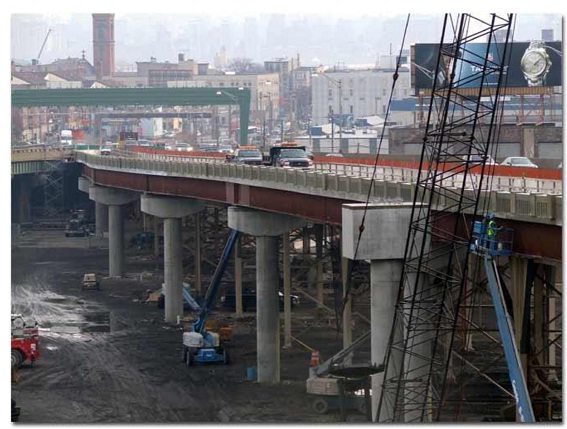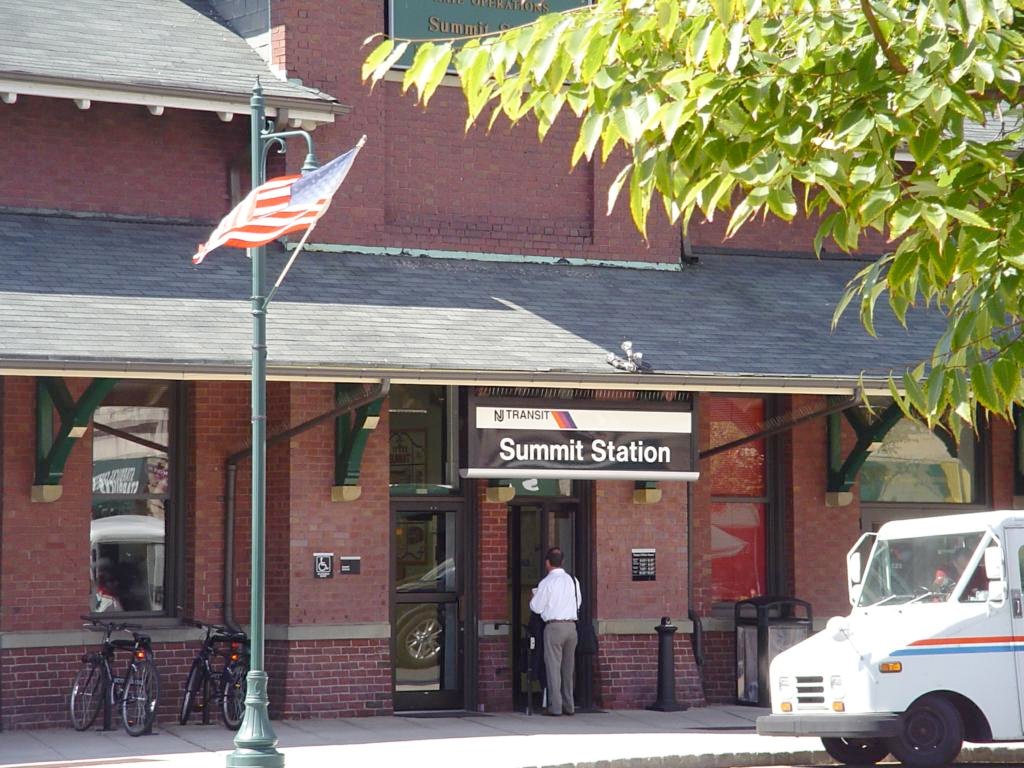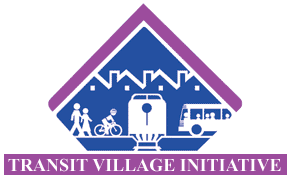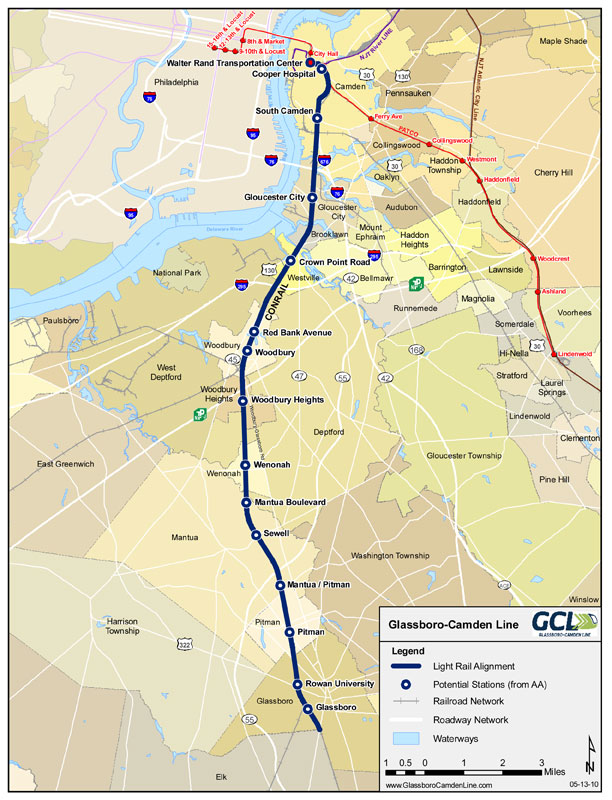New Jersey Future Blog
NJ’s Transportation Capital Plan: Focus on Fix-It-First, Transit, Pedestrian Safety; Transit Villages Slashed
March 28th, 2011 by Jay Corbalis
 Though there will always be disagreements over the specific list of projects funded, when it comes to larger policy direction, New Jersey’s 2012 Transportation Capital Plan is by and large one that advocates of sustainable transportation can feel good about. The plan places heavy emphasis on “fix-it-first,” particularly bridge repair and road resurfacing, over capacity expansion; dedicates more than a third of all funds to NJ Transit; and doubles the money available for pedestrian safety.
Though there will always be disagreements over the specific list of projects funded, when it comes to larger policy direction, New Jersey’s 2012 Transportation Capital Plan is by and large one that advocates of sustainable transportation can feel good about. The plan places heavy emphasis on “fix-it-first,” particularly bridge repair and road resurfacing, over capacity expansion; dedicates more than a third of all funds to NJ Transit; and doubles the money available for pedestrian safety.
While one could argue that the emphasis on fix-it-first is a matter of necessity (New Jersey has a huge backlog of structurally deficient bridges and roadways that require attention), it is still heartening to see the Department of Transportation take this responsibility seriously, especially given how some other states have prioritized their own transportation dollars in recent years. Similarly, the plan shows a continued commitment to pedestrian safety, doubling to $4 million the amount of funding available for pedestrian safety corridor projects. Since 2008, the state has constructed 121,000 linear feet of sidewalk, and that number will likely grow substantially under this plan. Moreover, there could be millions more available for bike/pedestrian facilities if the department stays true to the spirit of its complete streets policy and implements it for repaving and resurfacing projects, which will receive some $284 million under this plan.
Finally, by dedicating $1.164 billion, 33 percent of the total (38 percent of the state’s share, 30 percent of the federal share) to NJ Transit, the plan gives significant support to the agency’s capital plan, which also focuses on maintenance and vehicle procurement rather than expansion. All of these are continuations of recent state policy priorities, which helped the state win high marks in a 2010 report from Smart Growth America on state transportation policies and investments.
But it isn’t all good news; the plan contains several significant elements that are cause for concern:
- No funding for Transit Villages or Centers of Place: During the early part of the 2000s, the NJDOT was considered innovative and future-oriented among state DOTs for linking land-use planning and transportation investment. This budget represents the latest step in an ongoing retreat from that philosophy. It zeros funding for two of the department’s “flagship” land-use programs, Transit Villages and Centers of Place. While the programs will technically still exist in FY2012, they will have nothing to offer participating municipalities, further eroding state incentives for towns to engage in smart growth.
- No new revenue: The governor contends that his plan maintains capital spending levels without raising taxes, which is technically true, but only with several significant caveats. The state funding level of $1.6 billion includes $343 million in funding from the Port Authority of New York and New Jersey, funding that in previous years was spent, but not included in the state’s spending total. Similarly, while there are no new taxes contained in this plan, it does rely on revenue from a previously approved increase in tolls on the Parkway and Turnpike, an increase that was approved to pay for the scrapped ARC tunnel project. The plan also includes escalating contributions from the state’s General Fund, contributions that will have to be balanced elsewhere in the budget, either through spending cuts or revenue increases.
- No funding for South Jersey Light Rail: This is not necessarily a deficiency — it is, after all, the prerogative of the Governor to decide which projects to fund each year — but the absence of funding for the proposed light rail line between Camden and Glassboro is notable, given Senate President Stephen Sweeney’s insistence that this project be funded in this year’s capital plan. Because the Legislature must approve the capital plan as part of the FY2012 budget, it will be worth keeping an eye on whether the Senate president can follow through with his pledge to get the line funded this year.
While it is likely little solace for millions forced to endure delays and crowded trains under the Hudson for the foreseeable future, the transportation capital plan that was born from ARC’s demise is generally a sensible one. It focuses on maintenance rather than expansion, and provides robust funding for established policy priorities including pedestrian safety and mass transit. Still, the retreat from land-use planning is troubling, given the well-established link between poor planning and congestion, and it is an open question whether the governor will be able to secure expected contributions from the General Fund, especially in later years of the plan, without raising new revenue. The plan will now go to the Legislature, which will have the opportunity to amend it before it is adopted.
Related Posts
Tags: Christie, Complete Streets, NJ Transit, T4America, TOD, Transit, Transportation, VMT
















[…] Monday we reported that, as part of the state’s Proposed Transportation Capital Plan for 2012, funding for the […]
[…] readers of this blog know, the proposed Transportation Capital Plan for FY 2012 eliminates funding for the Transit Village program, which encourages quality transit-oriented development by making […]